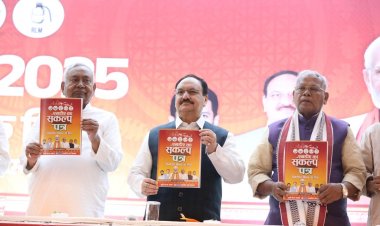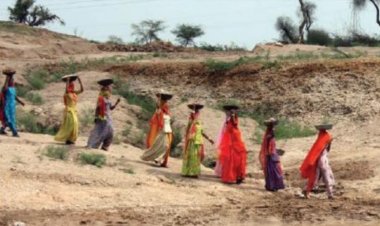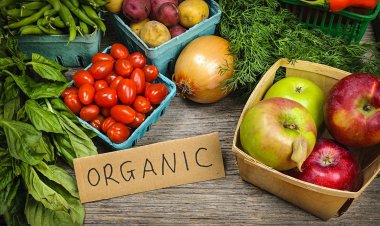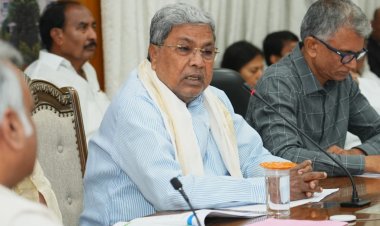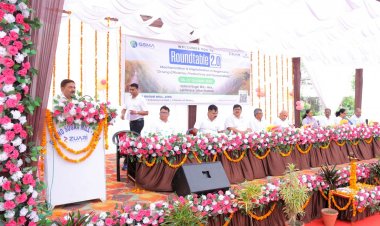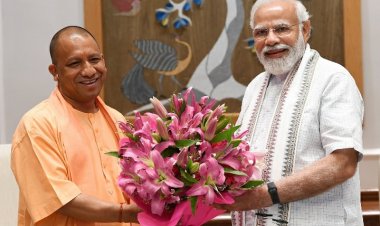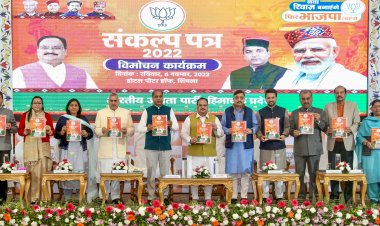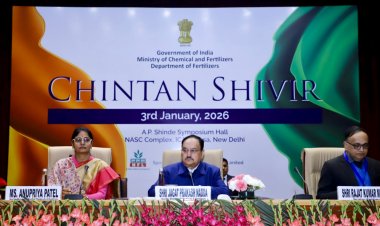Due to an increase in the total area of sowing of mustard, the main oilseed crop of Rabi season, the possibility of production exceeding the target set by the government has increased. On one hand, there has been an increase of 32 percent in the area under sowing of mustard in Uttar Pradesh, while on the other hand, the area under sowing in Rajasthan - the largest mustard-producing state - has decreased by about 6 percent.
According to government data, till December 22, the total area under sowing of mustard has increased by 2 percent to 95.23 lakh hectares. In the same period last year, mustard was sown in 93.46 lakh hectares. The sowing area of mustard in Uttar Pradesh has increased by 4.30 lakh hectares i.e. 32 percent during this period.
On the other hand, the area under sowing of mustard and rapeseed in Rajasthan has decreased by 2.20 lakh hectares to 36,06,471 hectares till December 22. According to the data of Rajasthan Agriculture Department, till the same period last year, the area under sowing of mustard and rapeseed in the state was 38,27,170 hectares, while the total sowing was 45,52,000 hectares.
Explaining the reason for this, Bhagirath Choudhary, founder director of Jodhpur-based South Asia Biotechnology Centre, which works for the interests of farmers of Rajasthan, told Rural Voice: “The way the import of palm oil has increased in the last one year, it is affecting the domestic production. The price of mustard has been affected in the market. At present, the price of mustard is below the Minimum Support Price (MSP).
"Most of the time this year, the price of mustard has remained around the MSP, whereas two to three years ago the price had reached Rs 10,000 per quintal. Farmers are excited to cultivate crops whose prices keep increasing, but due to not getting reasonable prices, farmers get disappointed and turn to other crops. Mustard farmers of Rajasthan are also doing the same.”
According to Chaudhary, mustard farmers of Rajasthan are turning to cultivating cumin, fennel, and isabgol because they are getting higher prices for them. The biggest example of this is cumin. Till three-four years ago, farmers did not get more than Rs 15-16,000 per quintal for cumin. This year, farmers have got their prices up to Rs 70,000 per quintal, while the average price has also increased to Rs 35-40,000 per quintal. Similarly, they are getting better prices for fennel and isabgol. That's why farmers of the state are turning towards them.
The current price of common variety of mustard in the markets of Rajasthan is around Rs 4900 per quintal, while the price of high-quality mustard is Rs 5400 per quintal. The government has fixed the MSP of common variety mustard at Rs 5450 per quintal for Rabi season 2023-24.
The central government has set a target of production of 131.40 lakh tonnes of mustard for the current Rabi season. With the increase in the total area of mustard sowing, it is expected that the total production may exceed this target. The total production of mustard in 2022-23 was 128.43 lakh tonnes.
According to data from Solvent Extractors Association of India (SEA), an organization of edible oil producers, the share of palm oil in the total import of edible oils has increased from 56 percent to 59 percent in the last oil year 2022-23 (Nov-Oct).
During this period, the import of RBD palmolein increased from 18.4 lakh tonnes to 21.1 lakh tonnes, the import of crude palm oil (CPO) increased to 75.9 lakh tonnes as compared to 54.9 lakh tonnes and the import of crude palm kernel oil (CPKO) increased to 94,148 tonnes as compared to 79,740 tonnes. reached at.
Due to rapidly increasing imports, domestic prices of mustard have decreased due to which farmers are facing losses.
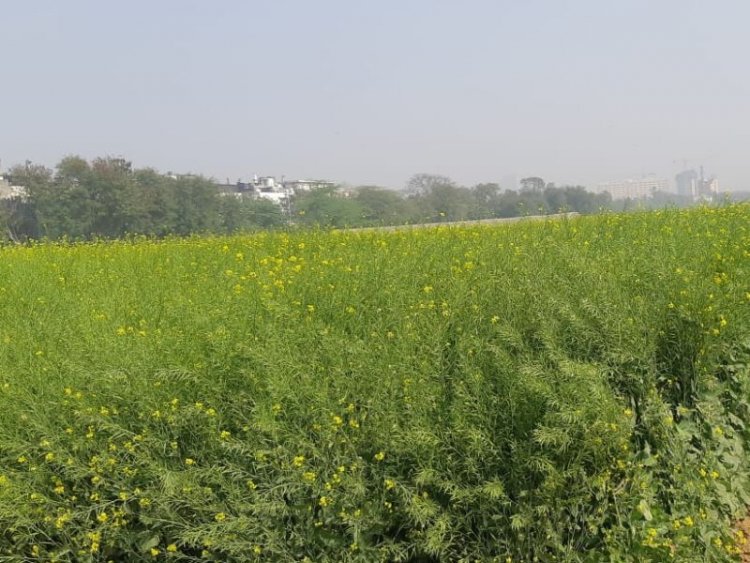



 Join the RuralVoice whatsapp group
Join the RuralVoice whatsapp group

















